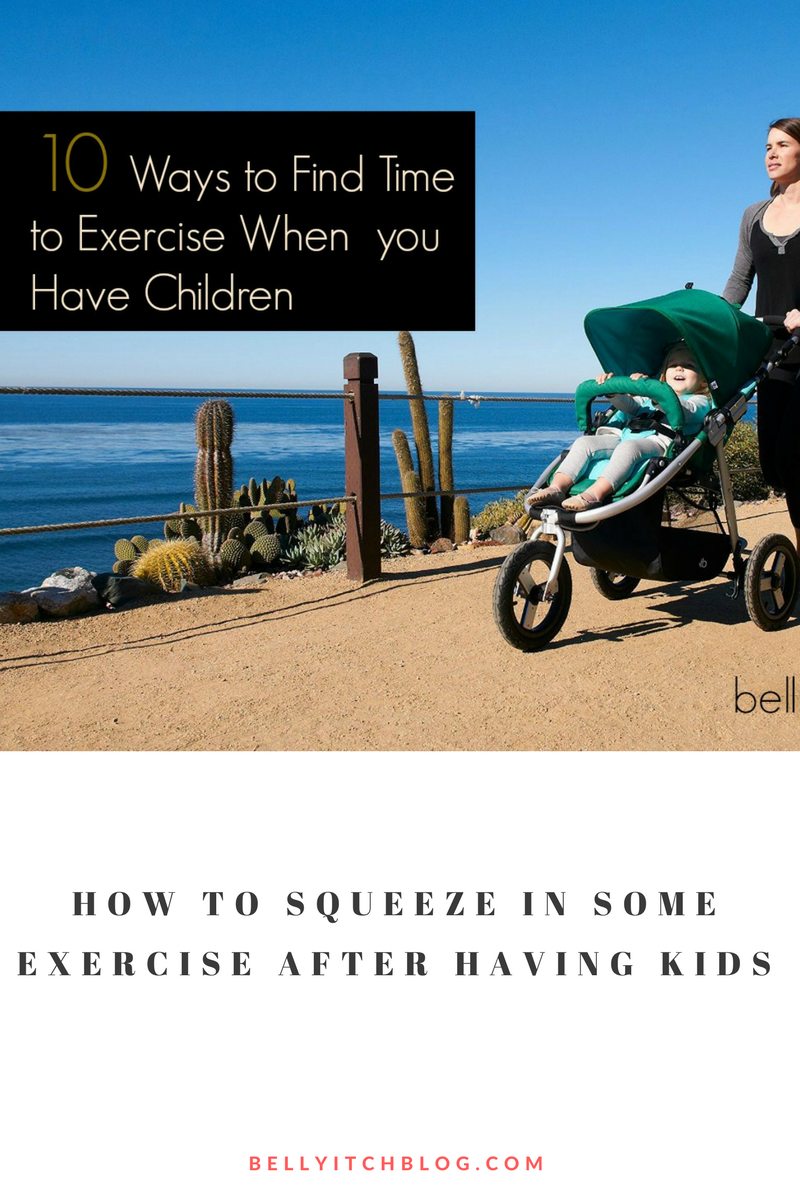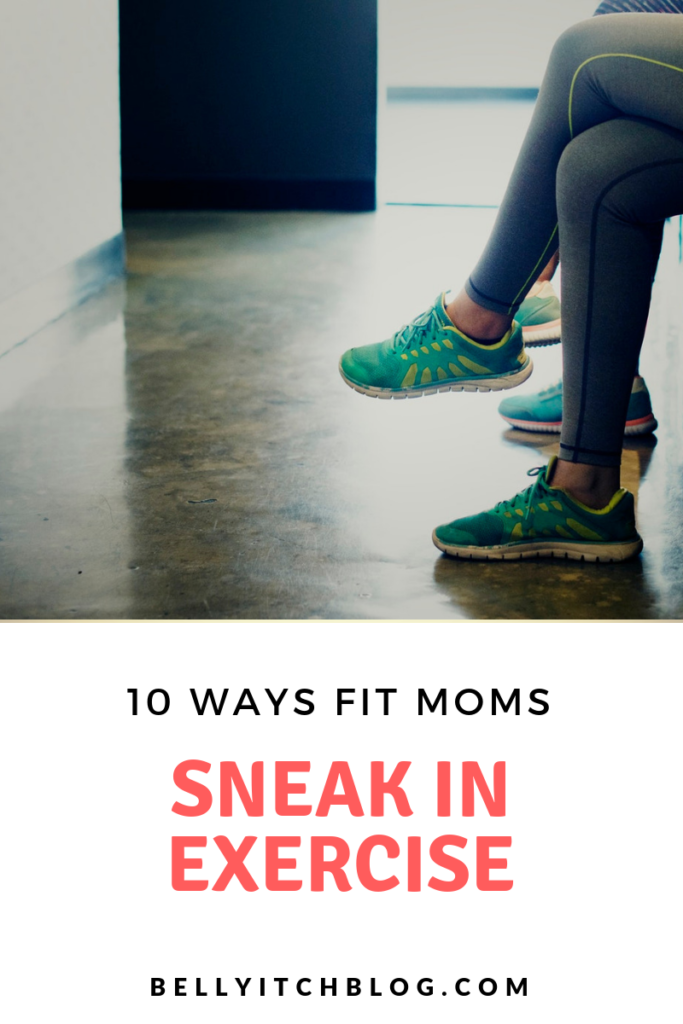
Ask 10 parents how much added sugar their child consumes each day and there’s a good chance that at least 9 of them will have no clue or will underestimate it. In fact, research published in the International Journal of Obesity reported that 92 percent of the parents surveyed in the study underestimated the added sugar content in foods and beverages. The study also showed that kids are more likely to be overweight when their parents are misinformed about sugar in their kids’ diet. Since sugar intake is associated with an increased risk of being overweight and parents are a child’s nutritional gatekeeper, it essential that they know the ins and outs of sugar.
“Added sugars have infiltrated our lives in a pervasive way, making it crucial that parents know how to identify it and how much is too much,” says Dr. Nimali Fernando, a Fredericksburg, Virginia-based pediatrician who founded The Doctor Yum Project. “Without solid information regarding sugar intake, we may be setting our children up for possible health problems later.”
According to the American Heart Association, children should consume less than 25 grams of added sugar per day, which is equivalent to 6 teaspoons, and that children under the age of 2 should not have any sugar-added foods or beverages. They report that eating foods high in added sugar throughout childhood is linked to a higher risk of developing such diseases in adulthood as heart disease. It’s also linked to obesity and elevated blood pressure in both children and adults.
Childhood obesity has become a hot-button issue in recent years, as the number of children considered overweight and obese continues to rise, particularly among children age 2-5. According to a recent report in the New England Journal of Medicine, 57 percent of today’s children are predicted to be obese by age 35.
Parents are often confused when it comes to sugar intake with their children. Sugar that comes in the form of whole fruit is generally good, while added sugar is what parents need to really watch. Added sugars are those sugars that have been used by the food industry to enhance a food’s flavor. While a piece of fruit is a good choice, “fruit snacks” (the kind that come look like soft candy, for example) may not be, because of the added sugars. Even some foods that seem healthy may contain “hidden” added sugars, making it important for parents to get to know the terms and become label readers.
Here are 5 ways for parents to become savvy about the sneaky ways food companies add sugar to foods:
- Confusing food labels. Figuring out how many added teaspoons are in a recipe is not straightforward. First, food labels report sugar in grams. So remember this equation the next time you look at a label: 4 grams of sugar = 1 teaspoon of sugar. To further complicate things, food labels historically did not break down added sugar with naturally occurring sugar. So when we look at a label on a sweetened fruit yogurt, it’s often unclear how much of the sugar comes from natural milk sugars and fruit versus how much extra sugar the food company has added. Luckily, by the end of 2018 most food labels will be updated to break down total vs added sugar which will make reading a label more straightforward.
- Small portion sizes. A favorite food may not look like it has much sugar per serving, but if you look closely you may notice that the serving size is much smaller than what you may actually eat. Take the example of cereal. A typical serving size for cereal may be a half a cup or less than a cup per serving, which is much smaller than most people will actually eat (especially if it’s really sweet, because you are likely to eat more). If there are two teaspoons of sugar in a serving, but you can eat three servings, that 2 teaspoons quickly multiplies to 6 teaspoons, the recommended daily limit for a child.
- Sweetening with “healthier” sugars. Sweeteners like honey, agave and maple syrup may make a food appear healthier, but that doesn’t mean they actually are. While they may be more natural than refined sugar, manufacturers are still adding sugar to a food that may not need extra sweetness. Don’t be fooled by healthier sounding added sweetener ingredients.
- Using sneaky names for sugar. Sometime it can be hard to spot sugar in an ingredient list because there are so many code names. One nutrition source reports that sugar can be spotted with as many as 61 different names. Sugar’s many code names include: rice syrup, dextrose, maltose and barley malt, and high-fructose corn syrup. This is a great tactic, as companies are required to list foods by weight in decreasing order. By listing sugar with more than one name, companies may be able to bury sugar further down on the list, making it seem like there is less.
- Know the sneakiest foods. There are some foods that seem to have hidden sugars in them more often than others. Be aware of and read the labels carefully on such foods as granola bars, breakfast cereals, yogurt, fruit snacks, and juice. Juice is trickier because technically the sugar in juice is considered naturally occurring. However, it’s more like a processed food. There is nothing natural about a child drinking the equivalent of 5 apples worth of sugar. And when we drink apple juice, there is no fiber to help slow down the absorption the way there is when we eat an apple. Skip the juice and stick with water for hydration and whole fruit for fiber and nutrients instead.
“Childhood is where many of our food habits are formed, making it that much more important that we help our children learn to sensibly navigate the nutritional landscape,” added Heidi DiEugenio, director of the Doctor Yum Project. “The more we can help them learn better and healthier food habits now, the more they will benefit from those choices and habits into the future.”












